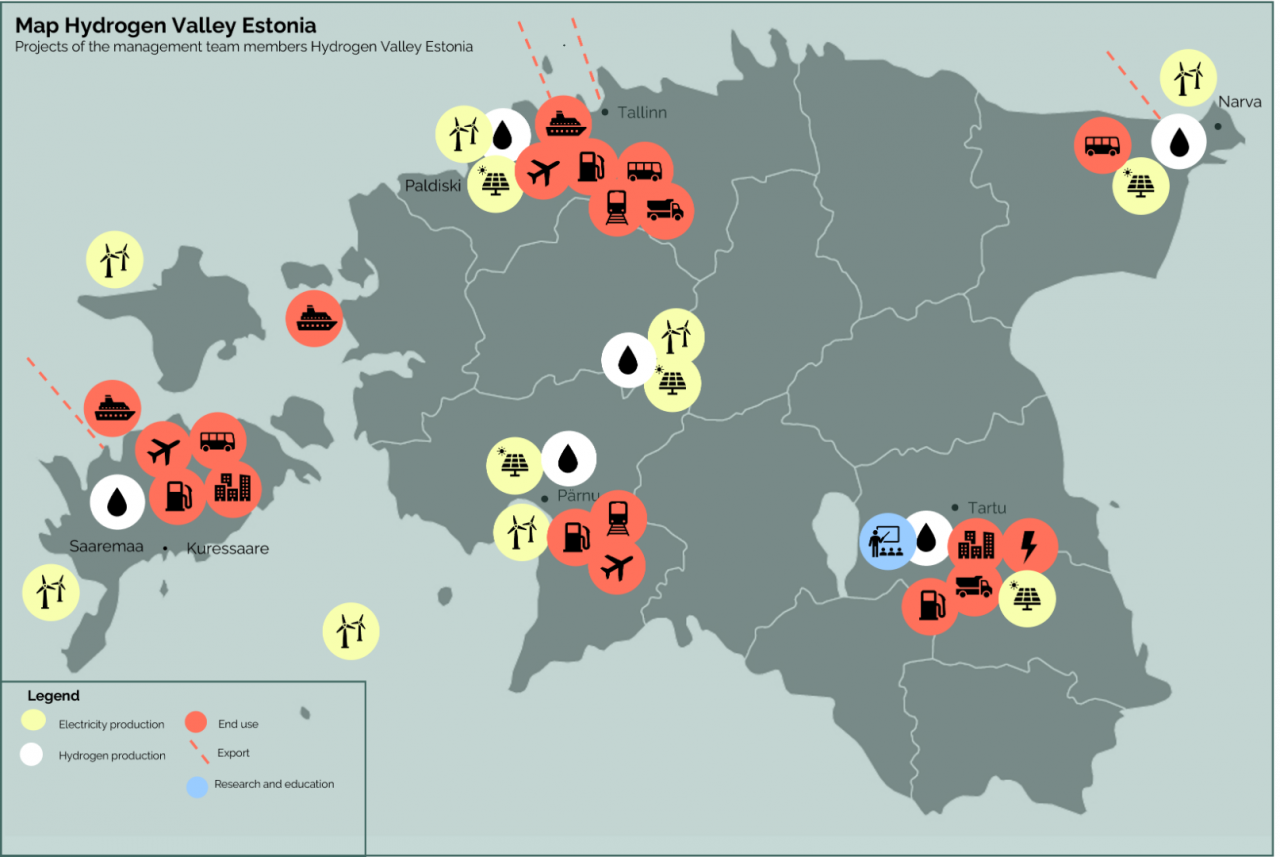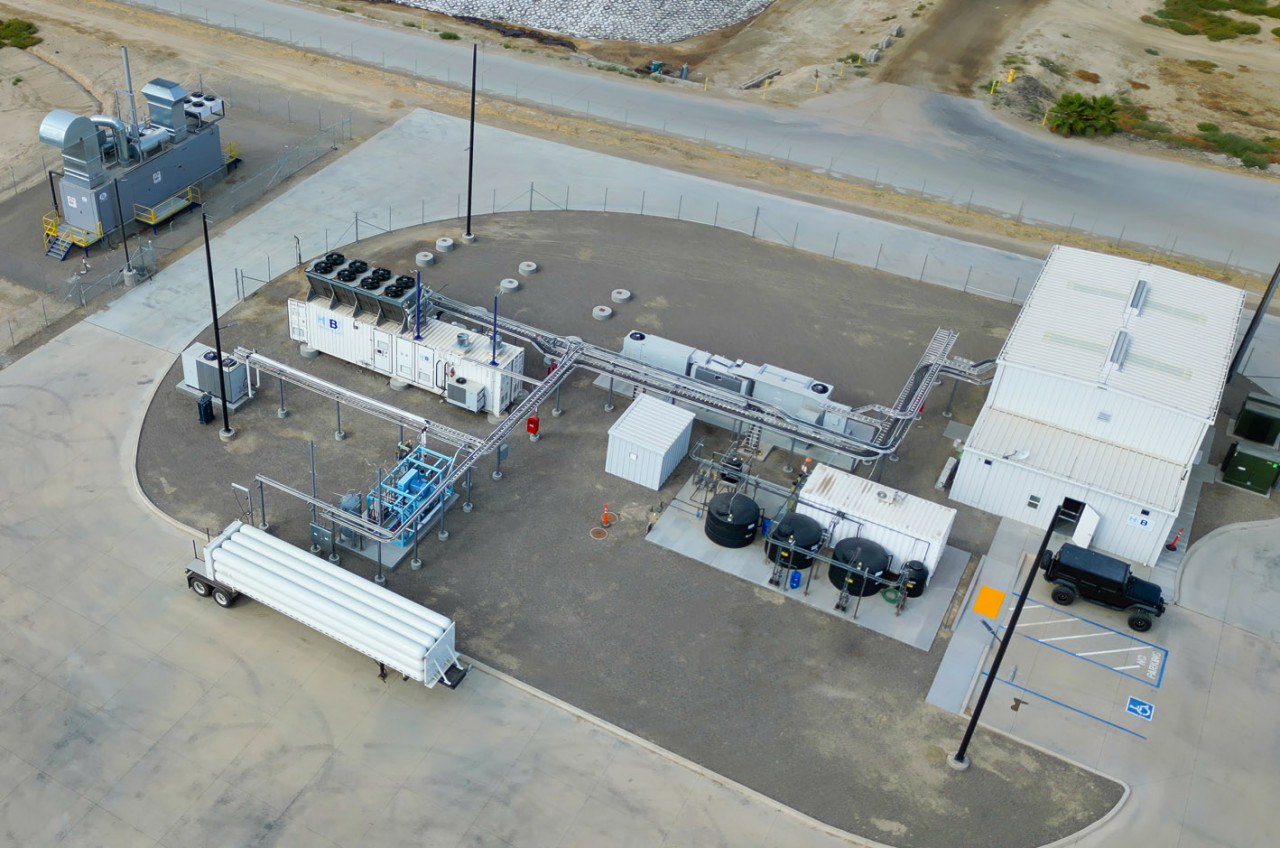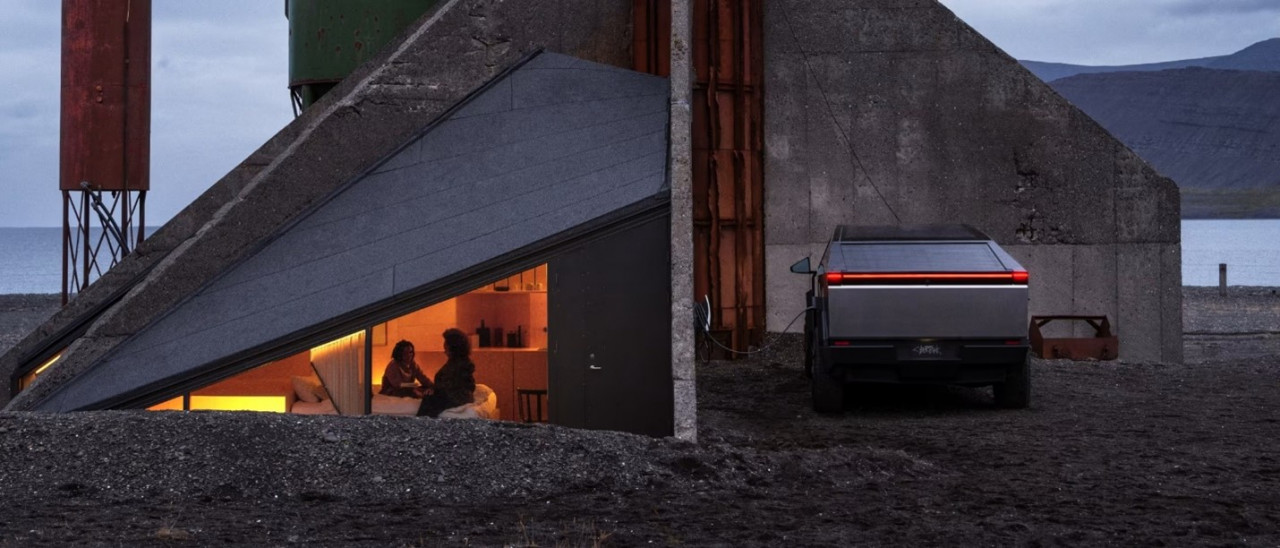The Year in Review: Stories that defined the cleantech industry in 2023
From multilateral climate talks at COP28 to the commissioning of groundbreaking cleantech projects, 2023 witnessed some momentous developments giving us hope and keeping alive the promise of a greener future. ETN brings you an immersive glimpse of stories that defined the year.
Estonia becomes first country to announce nation-wide Hydrogen Valley
In April, Estonia, a small country in Northern Europe, announced plans to create a nationwide Hydrogen Valley to accelerate energy transition and achieve energy independence. The hydrogen produced from the current scope of 30 projects in Estonia would be used for fueling public transport, heavy-duty vehicles, rail, shipping, aviation, and other transport modalities
Hydrogen Valley Estonia aims to be the central node in the systematic development of the hydrogen economy in Estonia. Without that, Estonia has no perspective on becoming green and energy independent.
Petrus Postma, Secretary of the Steering Group, Hydrogen Valley Estonia
Andes IIB: Latin America's largest solar battery storage system begins operations in Chile
In July, AES Andes began commercial operations of Andes Solar llB, a 180 MW solar/ 112 MW battery storage system – the largest in Latin America. The project has a capacity of 112 MW for five hours of energy based on lithium-ion batteries.
Together with our employees and communities, we continue to bring innovative solutions to the market to accelerate the responsible transformation of Chile's electricity system. With Andes Solar IIB, we have reached a total of 50 percent of our installed capacity based on renewable technologies.
Javier Dib, CEO, AES Andes
Vistra completes milestone expansion of Moss Landing-- Making it the largest energy storage facility in the world
In August, Vistra Corp. announced the completion of the Phase III 350 MW/ 1,400 MWh expansion of the Moss Landing Energy Storage Facility in California. With this, the total capacity of the Moss Landing Energy Storage facility reached 750 MW/ 3,000 MWh – making it the largest energy storage facility in the world. The capacity of Moss Landing, Phase I is 300 MW/ 1,200 MWh, and Phase II is 100 MW/ 400 MWh.
As we navigate this energy transition to cleaner fuel sources, the ability to balance that shift with both reliability and affordability is paramount. Continued investment in energy storage, like our Moss Landing site, allows us to harness and store a substantial and growing amount of power from intermittent renewables and then deliver that electricity when customers need it most.
Jim Burke, President and CEO, Vistra
Riverina BESS, NSW's largest battery storage system, begins operations
In October, Federation Asset Management and Edify Energy began operations of New South Wales' largest battery energy storage system (BESS) -- Riverina and Darlington Point Energy Storage Systems (Riverina BESS). The 150 MW/ 300 MWh Riverina BESS utilizes Tesla mega-packs and can support 240,000 homes with two hours of electricity during peak times and critical stabilization services to the transmission grid.
The potential for battery storage technology is immense. It is a key part of the clean energy transition and goes hand in glove with harnessing and firming Australia's abundant renewable resources.
John Cole, CEO, Edify
Al Dhafra Solar PV Project: World's largest single-site solar PV plant begins operations in the UAE
Covering an area one-fifth the size of Paris, the United Arab Emirates (UAE) in November, inaugurated a 2GW Al Dhafra Solar Photovoltaic Independent Power Project (IPP). The project can generate electricity to power almost 160,000 homes and is expected to displace 2.4 million tonnes of carbon emissions annually.
With just days to go before the start of COP28, I will be asking the world to unite and deliver the energy transition by tripling renewables capacity and doubling energy efficiency by 2030. Al Dhafra is an example of the scale of the ambition needed around the world.
Dr. Sultan Al Jaber, Chairman of Masdar and COP28 President-Designate
SoHyCal: North American's first and largest green hydrogen plant begins operations
In November, the solar PV hydrogen production plant in Central California, "SoHyCal," became the first and the largest green hydrogen plant to become operational in North America. Unveiled by H2B2 Electrolysis Technologies, the project envisages 100 percent clean hydrogen production using PEM technology, with a nameplate manufacturing capacity of up to 3 tons of green hydrogen per day using solar energy from a photovoltaic (PV) plant.
In the quest for a greener energy transition, SoHyCal represents a cornerstone in California's commitment to developing and promoting clean and sustainable hydrogen fuel technologies… The project is poised to significantly contribute to the surging demand for hydrogen, particularly for transportation applications, the reduction of emissions, and the decarbonization in mobility.
Pedro Pajares, CEO, H2B2 USA
Tesla equips its Cybertruck with groundbreaking Powershare technology
In November, Tesla delivered its first Cybertruck with the groundbreaking Powershare technology -- a bi-directional charging system that virtually transforms Cybertruck from a mere vehicle into a dynamic source of power. The new feature currently includes vehicle-to-load, vehicle-to-home, and vehicle-to-vehicle capabilities (V2L, V2H, and V2V).
We've found ways to bring bidirectionality while reducing the cost of power electronics in the vehicles... and at all things Tesla, the goal is usually to get more for less.
Andrew Baglino, Sr. Vice President for Powertrain, and Energy Engineering at Tesla
After two weeks of contentious negotiations, the UN Climate Change Conference COP28 concluded in the UAE with nearly all the countries across the globe agreeing to transition away from fossil fuels. Experts noted that it was the first time in 28 years that such an agreement was reached in international climate negotiations.
Genuine strides forward" were made at COP28, but the initiatives announced in Dubai are "a climate action lifeline, not a finish line… While we didn't fully turn the page on fossil fuels here in Dubai, this is clearly the beginning of the end.
Simon Stiell, UN climate chief
Nambia to build the first grid-scale battery storage project in the country and Southern African region
In December, Namibia Power Corporation (NamPower) signed contracts for the first-ever grid-scale battery energy storage project in the Southern African country. The project, which will utilize LFP battery cells, will deliver a 54 MW/ 54 MWh battery energy storage system (BESS) at the Omburu substation in Namibia's Erongo region.
The BESS project will help the government accomplish its goals by ensuring electricity supply security, cost efficiency, and self-sufficiency… This will greatly lead to significant economic benefits for NamPower and in turn, the consumers, by reducing the reliance on expensive peaking plants and imports
Kahenge Haulofu, Managing Director, NamPower
Kenhardt Project: World's largest solar-plus-storage project begins operations in South Africa
In December, Norwegian company Scatec ASA began the production and supply of electricity from the Kenhardt project in South Africa, the world's largest solar and battery project. The ~$1 billion project has an installed solar capacity of 540 MW and a battery storage capacity of 225 MW/ 1.14 GWh. It delivers 150 MW of dispatchable power from 05:00 am to 09.30 pm around the year under a 20-year power purchase agreement with South Africa's national power and grid company Eskom.
[It is] more than just a power plant. It is a testament to the limitless potential of integrating solar and battery storage to meet the evolving energy needs of today and tomorrow.
Terje Pilskog, CEO, Scatec





























